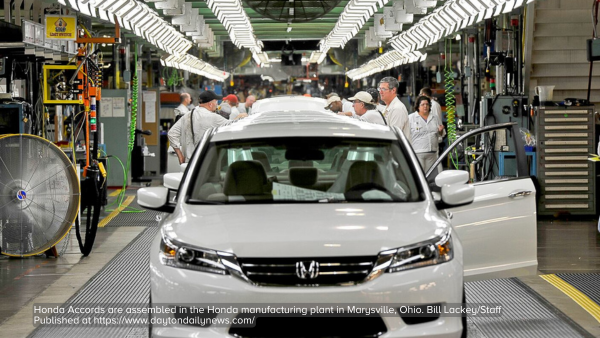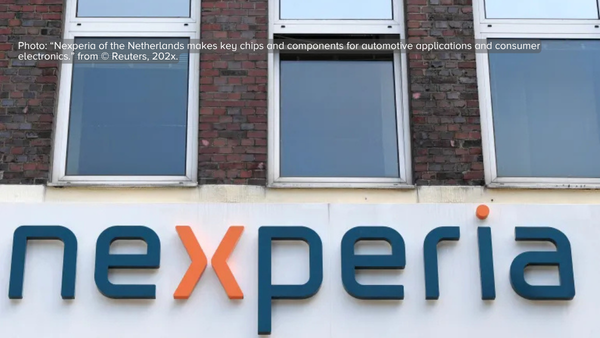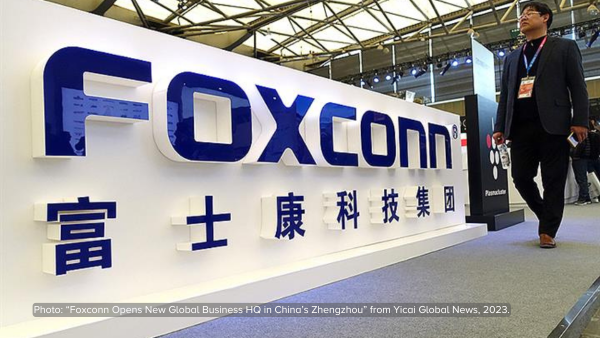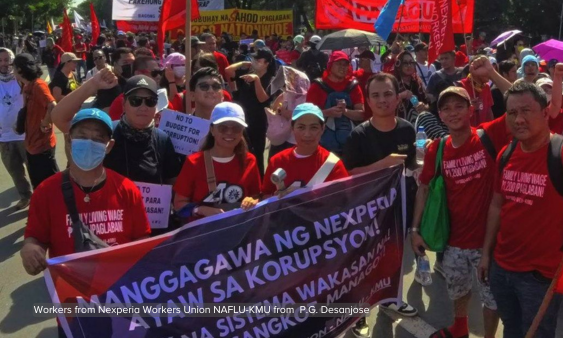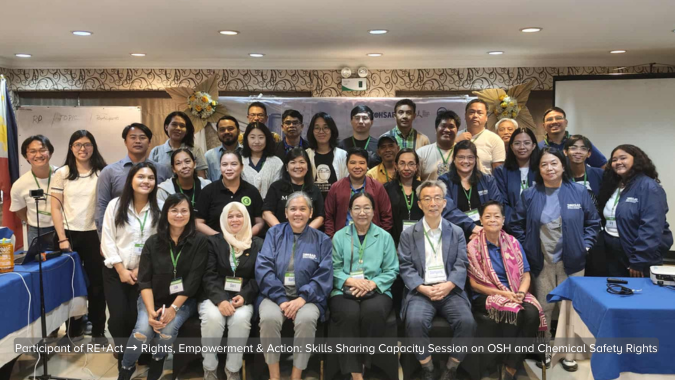BAN Toxics!, the Southeast Asian office of the Basel Action Network has released its e-waste study entitled, "Vanishing e-Wastes of the Philippines" and a short film with the same title. E-wastes in the Philippines come from two sources: locally generated and foreign e-wastes. The study uncovered that shipments of unused electronics are often unclassified and bought by merchants without knowing fully well the status of the electronic equipment in the shipment. BAN Toxics!' investigation revealed that as much as 50% of the shipment at times contains e-waste.
Vanishing e-Wastes of the Philippines' executive summary:
Electronic waste or e-Waste is a crisis borne by volume and toxicity. A 2005 study on the current and future quantity of e-waste in the Philippines estimates that approximately 2.7 million units of televisions, refrigerators, air conditioners, washing machines and radios became obsolete by the end of 2005, with around 1.8 million units going to landfills. From 1995-2005, approximately 25 million units became obsolete, with an additional 14 million units projected to follow the same route by 2010. E-waste generation becomes more pronounced in developed countries.
In terms of toxicity, studies have firmly established the toxic constituents of e-waste from lead, cadmium, mercury, hexavalent chromium, several forms of brominated flame retardants, just to name a few. The toxicity of these substances affects both humans and wildlife and the persistence of some of these toxins in the environment make them even more dangerous.
E-wastes in the Philippines come from two sources: locally generated and foreign e-wastes. Locally generated e-waste comes from new products that are distributed in the local market that are eventually are eventually disposed of by consumers. Foreign generated e-waste comprise of two distinct categories: End-of-life products or products that have been disposed of at the country of export, and e-waste per se.
The study uncovered that shipments of unused electronics are often unclassified and bought by merchants without knowing fully well the status of the electronic equipment in the shipment. BAN Toxics; investigation revealed that as much as 50% of the shipment at times contains e-waste.
When these materials enter the country or are disposed of there is an efficient system that retrieves the e-waste for processing and recycling. Informal waste pickers play a great role in segregating and manually separating these wastes. Unfortunately, some practices at this level are environmentally unsound that it exposes both waste pickers and the community to the toxicity in e-wastes. Open burning of PVC coated plastics, breaking and dumping of leaded CRT glass, use of toxic acids on printed circuit boards, and the cutting and shredding of plastics coated with BFRs are some of the highly egregious practices that BT documented in the course of the study.
Exacerbating the situation is the widespread poverty that holds the waste pickers and pushes them to search for recyclable materials amidst the toxins. There is an expected increase in the informal recycling of e-waste as commodity prices such as gold continue to rise, as well as the poverty level. In addition to these challenges the continued rise in e-waste generation and export from developed countries puts developing countries, such as the Philippines in a precarious situation wherein they have become e-waste processors for foreign e-wastes. In its role as a re-processing facility unrecyclable and toxic residuals are ultimately left behind in the Philippines.
Effective international intervention in the form of toxic waste trade bans is needed. Without effective international action to stem e-waste and toxic waste trade the burgeoning problem of e-waste management will greatly fall on developing countries.
In addition to this step there are other steps that we as a society can take to address e-waste:
- Solutions at the Individual/Community
Consumer Research. Consumers must purchase wisely. Know which companies produce safe and
environmentally sustainable electronic gadgets. Visit websites such as those set up by Greenpeace particularly their Guide to Greener Electronics, a guide that ranks the top electronics manufacturers according to their policies on toxics, recycling, and climate change. - Purchase electronics that have the “RoHS” and WEEE logos. This means that the equipment complies with the European Union’s Restriction on hazardous Substances directive, which means these do not contain mercury, lead, cadmium, chromium, polybrominated biphenyls, and polybrominated biphenyl ethers – common toxins found in electronic gadgets.
- Buy energy-efficient electronic products. Look for the Energy Star of the energy efficiency ratio (EER).
- Look for brands with good warranty and take-back policies.
- Go for quality, not quantity! Avoid buying very cheap items in bulk. Most of these items will wear out after a few months.
- Concerned agencies and groups must assist in the provision of alternative livelihood projects for the large community involved in informal e-waste processing.
- The consuming public must be notified of the risks posed by chemicals, which may possibly be in the electronics they purchase and use.
- National and International Solutions
- Ratification of the Basel Ban Amendment. The Philippine government, as well as international governments should push for the ratification of this sorely needed international amendment.
- Enact legislation that instills extender producer responsibility on electronics products similar to the WEEE Directive of Europe. This legislation must become the industry norm for both local and global
electronics manufacturers. - Enact legislation requiring electronics producers selling, manufacturing, or distributing products in the Philippine market to sell products that are free from mercury, cadmium, hexavalent chromium, lead, and BFRs, similar to restriction imposed by the EU under their ROHS Directive. After all, the health of Filipinos is as important as those of Europeans and governments and manufacturers should not favour one over the other.
'Vanishing ewastes of the Philippines': film
BAN Toxics! is an independent non-profit, environmental organization that is devoted to preventing toxic trade - wastes, goods, and technology, and upholding the rights of developing countries to environmental justice, with particular focus on the Asia-Pacific region. We achieve our goals through organization, education and advocacy.
BAN Toxics! works closely with local, national, and international environmental, academic and trade institutions using both local and international campaigning, capacity-sharing, and bridge-building between activists in the Asia- Pacific, and throughout the world.


